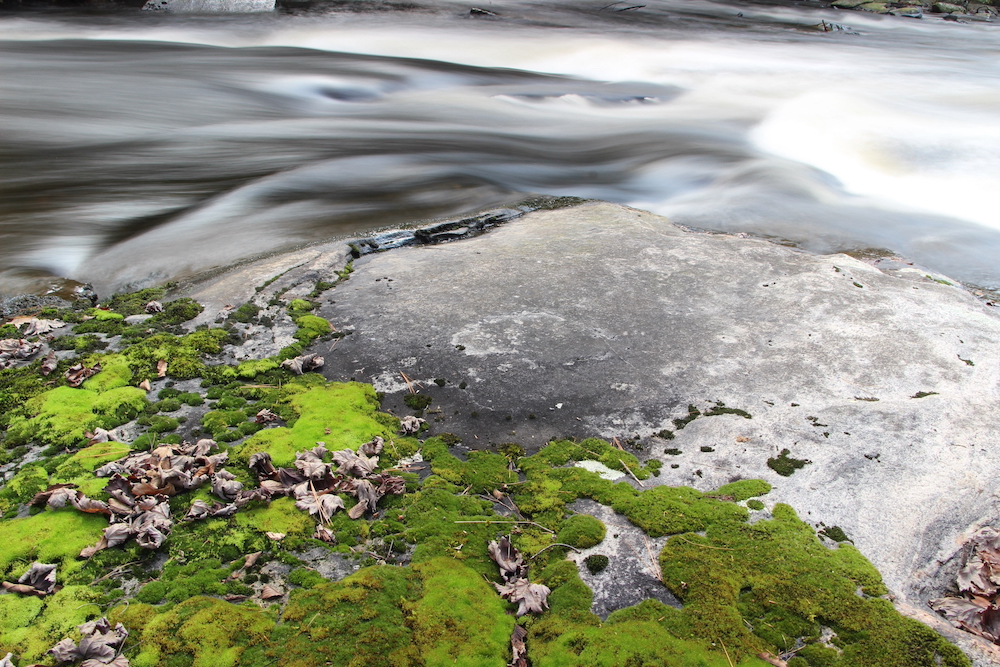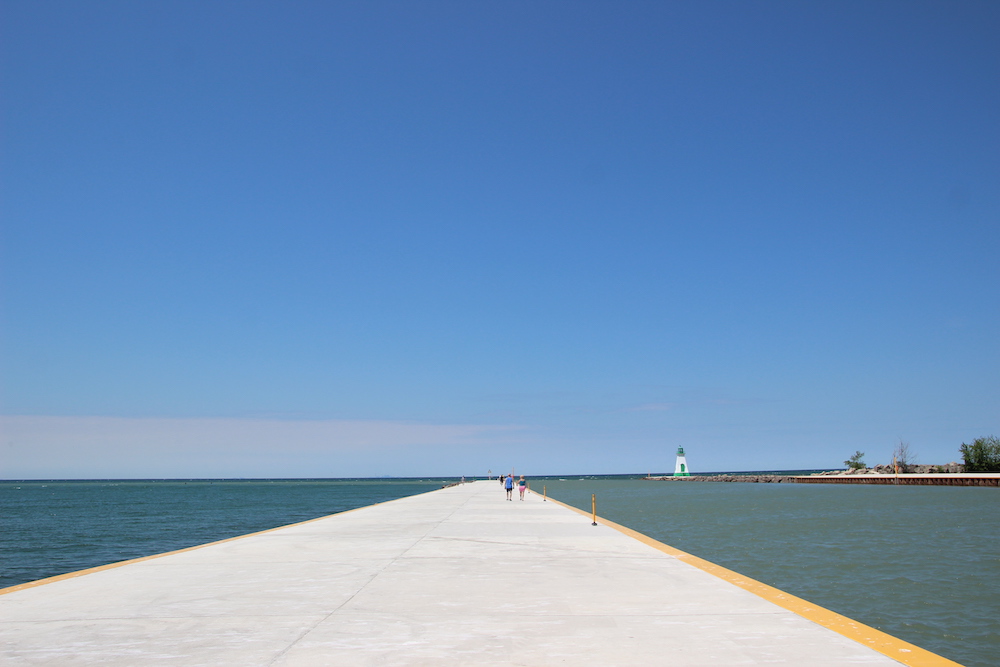Exploring in Search of an Inner Landscape
TEXT by Ilze Andzans
“Nature is not only all that is visible to the eye… it also includes the inner pictures of the soul.” — Edvard Munch
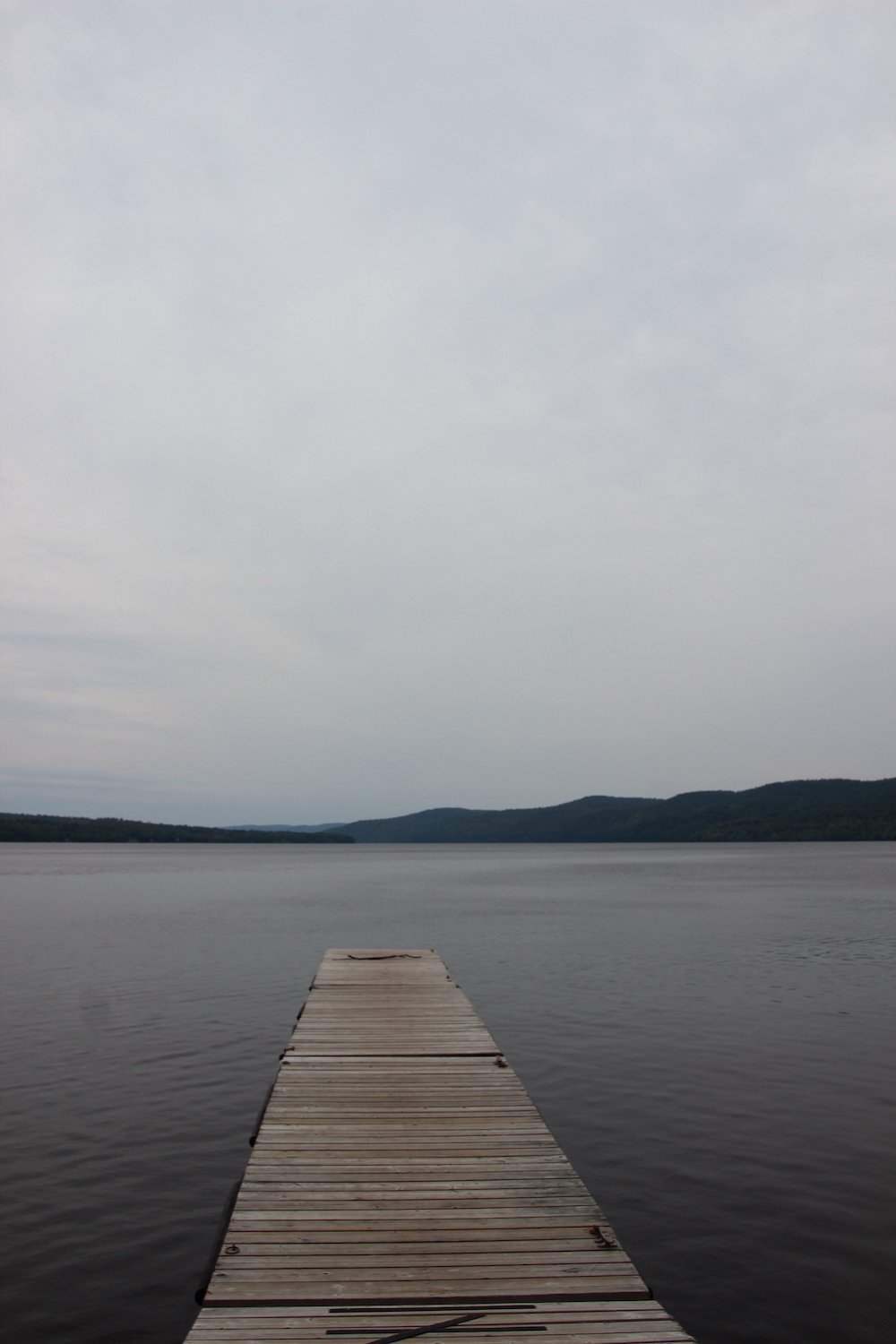
Traveling to explore new territory or to break away from the restrictions and routines of every day life is an escape for many of us. When life circumstances take an unexpected turn, we seek a mechanism to help make the transition. Carving out time for contemplation often leads to inner growth and can turn a road trip into a pilgrimage. My training and education in landscape architecture inevitably draws my gaze toward landscape elements; seeking peace in the visual harmony found in nature. The colour and texture of plant materials, the shape and grade of various landforms, and the mesmerizing quality of an expansive vista are all subjects that draw me in for closer examination. Constantly evaluating these elements, and taking time to look more deeply, forms the subject of my photographs, which attempt to capture the moment of inspiration, the perfection of nature, and perhaps provide a glimpse into the inner picture of my soul. Travel is food for the soul. Since time immemorial, many great artists and poets have been writing about the importance of being a wanderer in this world.
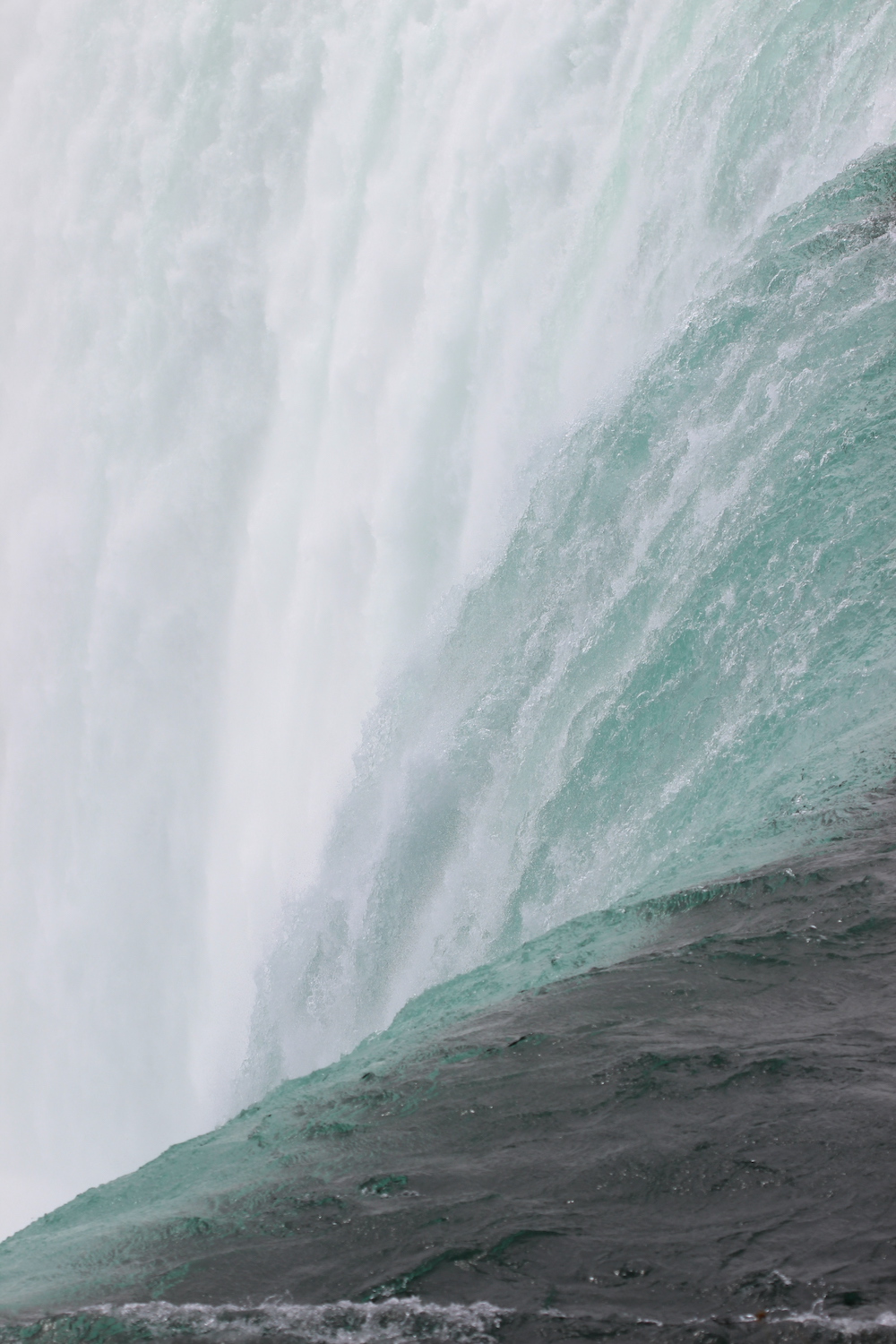
One of my favourite authors, Bruce Chatwin, was powerfully attracted to nomadism. Through his writing and extensive travel he thought deeply about the opposite poles of home and the thrill of exploration. Chatwin’s writing can be viewed as a struggle to discard the idea of home as a kind of heaven and to replace it with the radical notion that the person who found himself adrift, in perpetual motion, might already be at home—that movement itself might be the ideal human state. Over the last year, I have followed my wanderlust to travel hundreds of kilometres, searching for an elusive understanding of where I feel most at home. Nomadic at heart, I am happiest in motion, heading toward new horizons, ever-changing vistas, discovering what lies at the end of the road. Sometimes all it takes is reading a single sentence about an intriguing location or an image of a striking landmark that grabs my attention and stays in my mind. A single spark that develops into an idea. The idea then becomes a persistent itch to want to see the place for myself. Sometimes it is looking at odd place names on a map, sometimes my imagination paints an idyllic picture of yet unexplored places that I am convinced I will find—if I just go there. So it was for me with Elliot Lake. A concept and economic development strategy, conceived of twenty odd years ago, to attract retirees to a desolate mining town where active mining had stopped decades ago. Packing up my dog, my camera, and good hiking boots, I headed north.
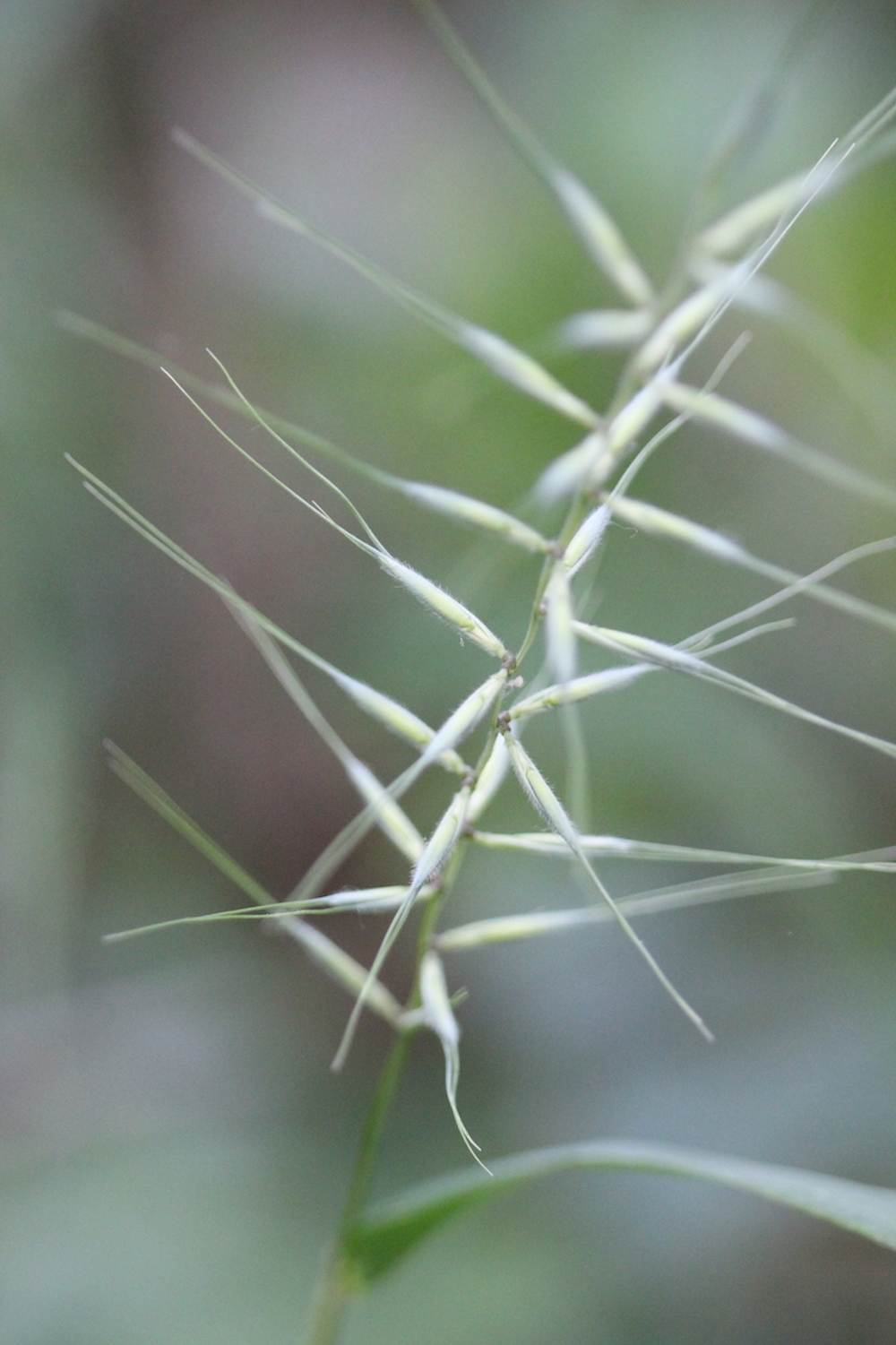
North, for me, has always been a draw. The north conjures up magnificent stretches of boreal forest, smooth expanses of granite along the Canadian Shield, soft beds of lichen in varying shades of green, silent lakes, rushing waterfalls, and very few people. North starts an hour or two outside the Greater Golden Horseshoe, but gets better with every kilometre—the further away from the city the better.
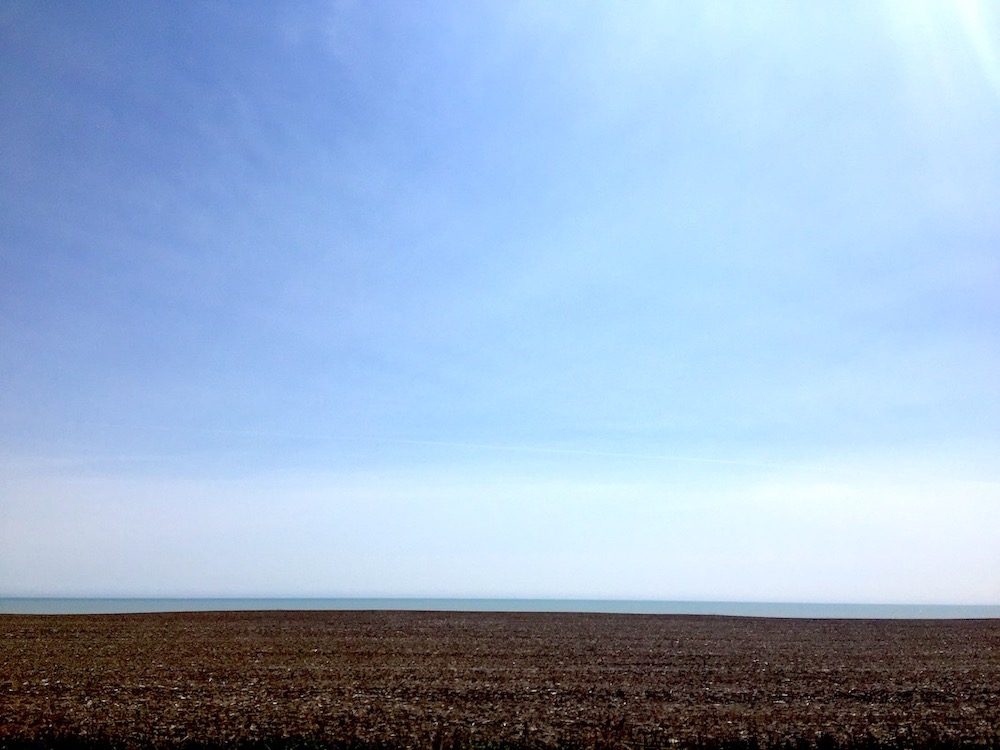
Over the last year, I have explored the shorelines of four Great Lakes; ventured north to the French River and Killarney, criss-crossed the area around Sudbury and Elliot Lake, heading as far as Wawa, along the north shore of Lake Superior, and returning via points east through the Ottawa Valley and Algonquin region. I have chased wild winter storms on Lake Erie, lingered over sunsets among the sand dunes of Lake Huron, looked for flocks of migrating birds at Long Point, and hiked magnificent stretches of the Bruce Trail. I’ve watched moose grazing in Algonquin Park and floated past architectural rock formations along the ancient Voyageur routes of the distant past. Close to home, yet a world away.
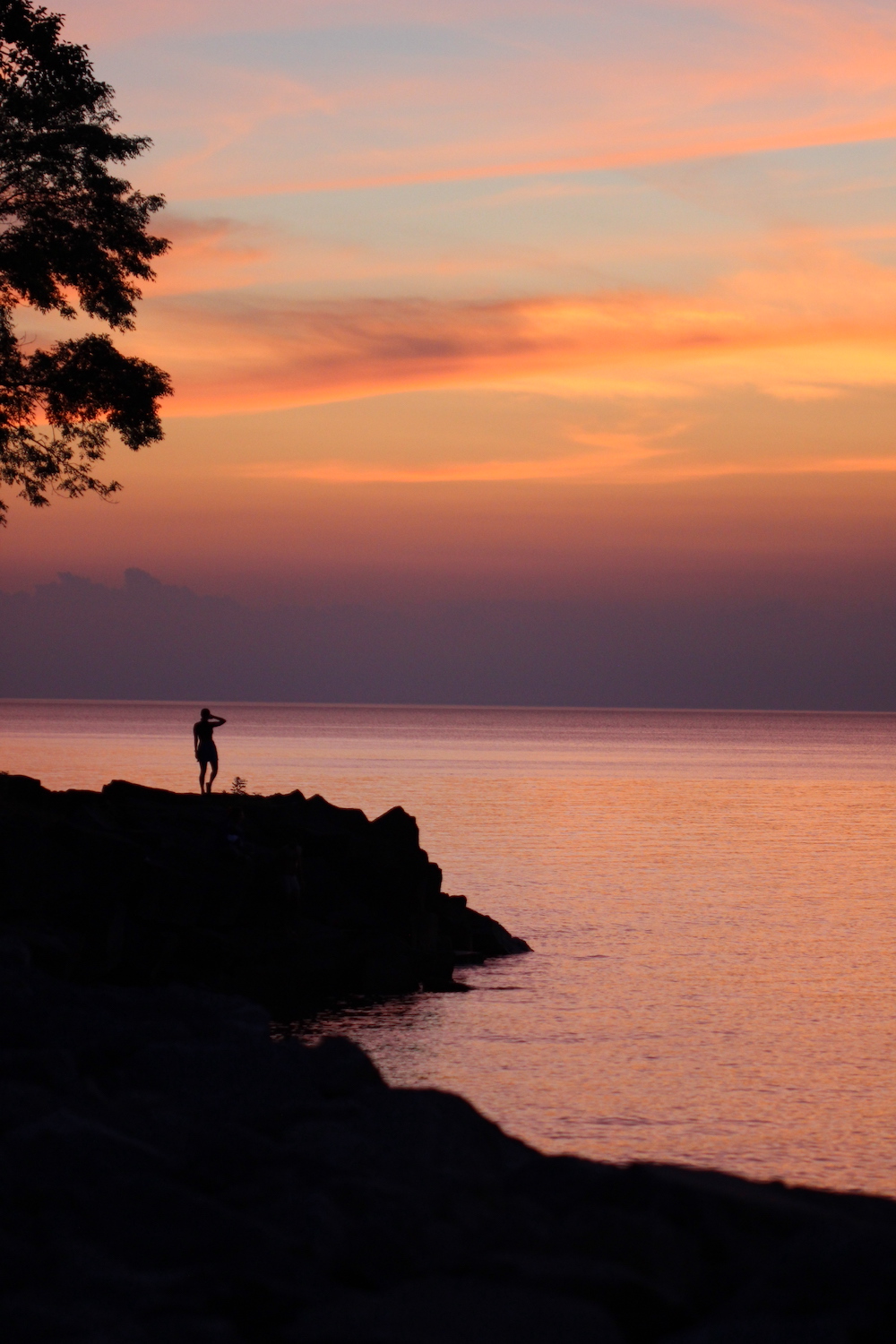
Covid stopped us all in our tracks. At first, people were reluctant to leave their homes, apart from a quick walk around the neighbourhood, or an early morning trip to a food store. Pretty soon restlessness took over, and I started to venture further—walk the dog in areas that were new to me, explore conservation areas, provincial parks, drive scenic back roads, find overgrown access points along the Lake Ontario shoreline to previously unseen views of open water. As the lockdown wore on, even that was not enough: I pored over road maps, thinking about venturing further afield, heading toward destinations that sparked my imagination. I Followed roads I had never taken and planning routes that were purposefully indirect, that meandered and traversed new territory. Through the camera lens, I began to see details I had not noticed before: subtle signs of changing seasons, flowering trees, cascading waterfalls, delicate woodland flowers, interesting bark, dramatic skies. For the first time in a long time, I was taking the time to really explore my surroundings and think about what attracted me to a certain location or vista. Where did I feel most at home? Or was I already home in the constant motion of exploration? Each place I saw made me want to venture further, seek out more remote places, and to follow my thoughts and ideas and explore new territory.
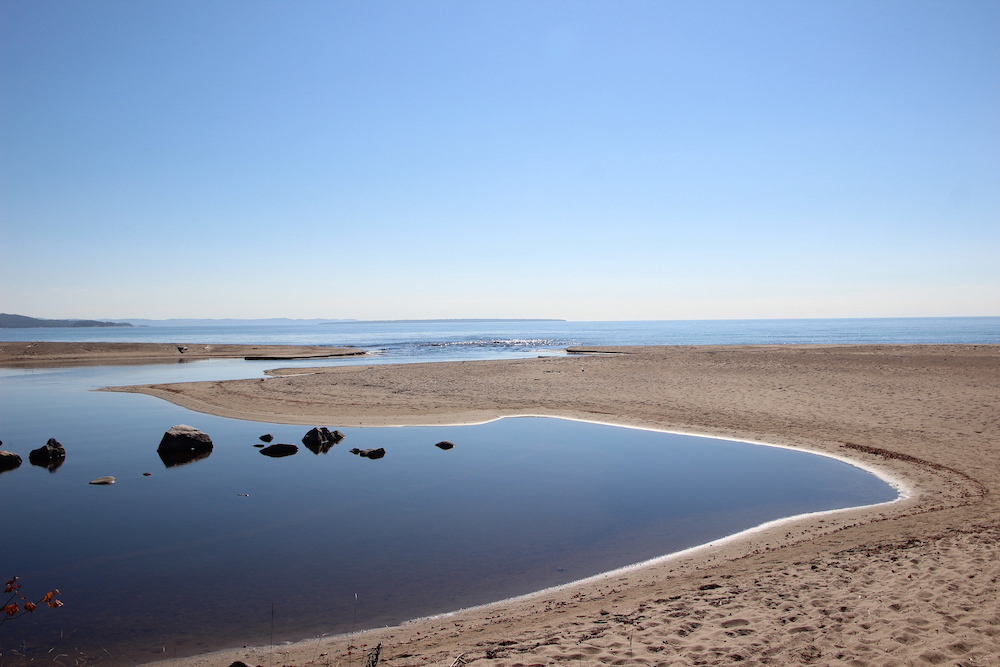
In the coldest winter months, I found myself setting off in early morning darkness to capture the sunrise over Niagara Falls. Less than half an hour from my home, the power of the thundering cascade and subtle changes of light as the suns rays broke directly over the brink of the falls, were a constant draw. Springtime inspired aimless wandering along the shoreline of Lake Erie, toward the bird migration hotspot of Long Point. Not a birder myself, it was the journey that gave me the greatest pleasure. Water levels were high, causing road closures and flooding, but flowering woodland plants emerged, creating swaths of colour with no regard for the devastation. Having spent my summers in cottage country near Algonquin, the Carolinian forest zone and Erie shoreline were new to me—dozens of port towns with their long piers extending into the lake, speaking to an industrial past of which I had only passing knowledge. Wide expanses of agricultural land end abruptly at the Erie shore. The horizontal layers of earth and sky are reminiscent of large-scale, abstract paintings, with the shells of old tobacco drying sheds dotting the landscape—ghosts of agricultural practices long gone. The shoreline itself was not familiar to me. Limestone shelves or alvars were extending out into the shallow lake, with lone wildflowers clinging to a precarious existence in the tiniest of cracks in the rock face—and all the more beautiful for it. The vast horizon reminded me of the dramatic seascapes of the East Coast. While it was the natural landscape that attracted me initially, I could not help but notice the ever-expanding footprints of urban development cropping up on the periphery of almost every small town I visited: there were groups of row houses and low-slung bungalows, and signs for golf courses and high rise condo dwellings promising a relaxed waterfront lifestyle. Who were the people moving to these small communities, so far from any major urban centre? Were they all retirees, or urban refugees seeking a quieter, less frenzied lifestyle?
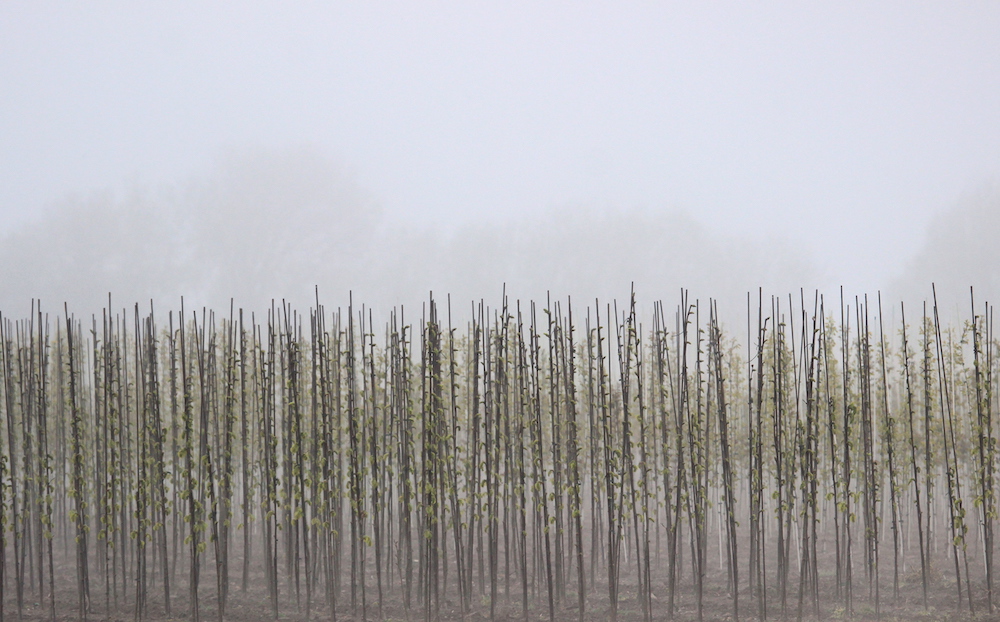
Moving further west through the huge expanses of farmland between London and Lake Huron took me through a somewhat surreal landscape—one void of human scale. There were farms so enormous they took up whole counties; agro business, instead of family farms. Properties were consolidated, and farmhouses bulldozed to make way for contiguous fields of corn and soya beans. There are fewer and fewer century farmhouses remaining—whole chapters of settlement patterns erased.
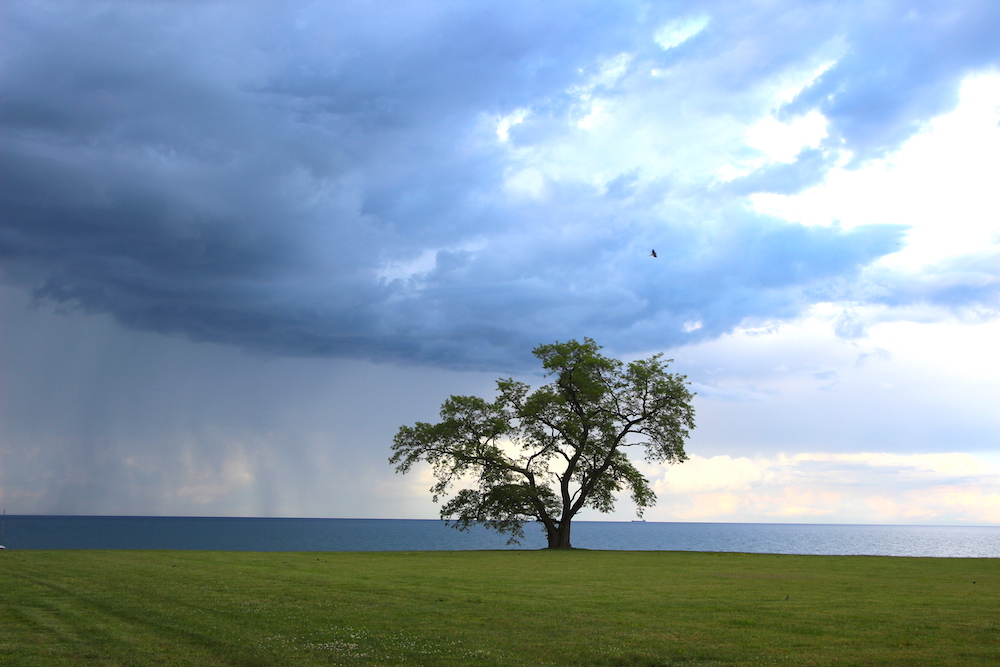
The Huron shore, reaching up into the Grey Peninsula, is yet another world with its aquamarine water, wide sandy beaches, and striking sunsets. The terminus of the Bruce Trail and some of the most spectacular scenery along the 900-kilometre trail overlooking Georgian Bay attracted scores of hikers during the pandemic, to the point of having shuttle buses and timed parking for the most popular spots. Completing the end-to-end hike has become a pilgrimage goal for many.
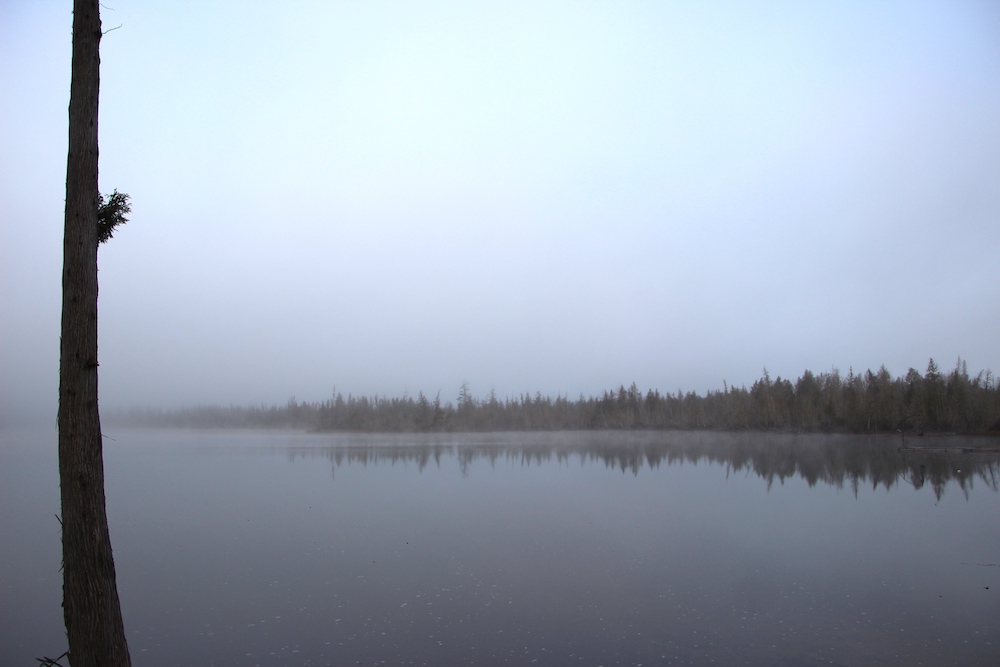
Heading up Highway 400, the fork in the highway north of Barrie is an iconic symbol for anyone heading north. North, past Muskoka, past Parry Sound, to French River country, Sudbury, and then the true north of endless stretches of boreal forest, rock faces as high as cathedrals, scattered settlements, and the majesty of Lake Superior itself. If there was a pilgrimage goal in the back of my mind, I think that was it.
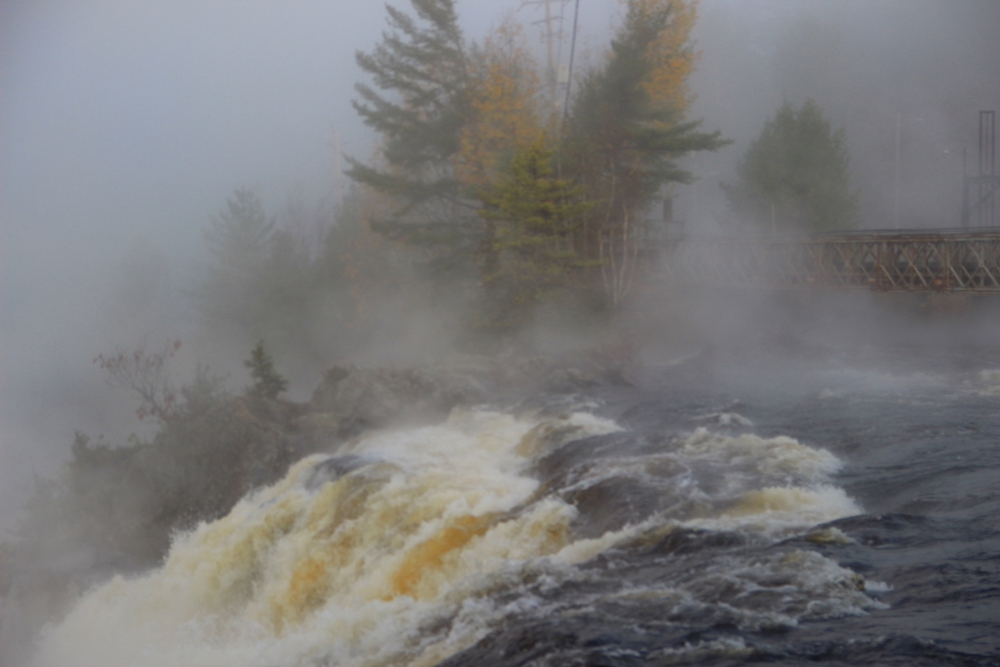
Rumi, the mystic Persian poet who wrote 800 years ago, still speaks to us today when he says that travel brings power and love back unto your life and points out that there are two who are never satisfied: the lover of the world and the lover of knowledge. The Sufis, like all mystics, speak to us of a homesickness that is also a kind of hope. All of us are exiles in the world, they tell us, longing to get back to the place that is our rightful home.
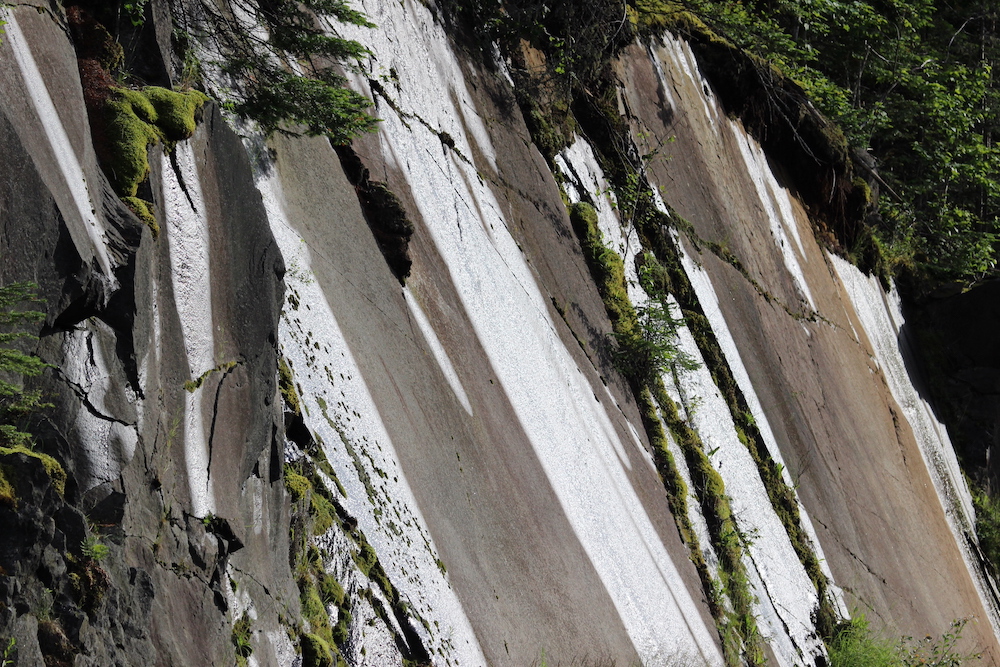
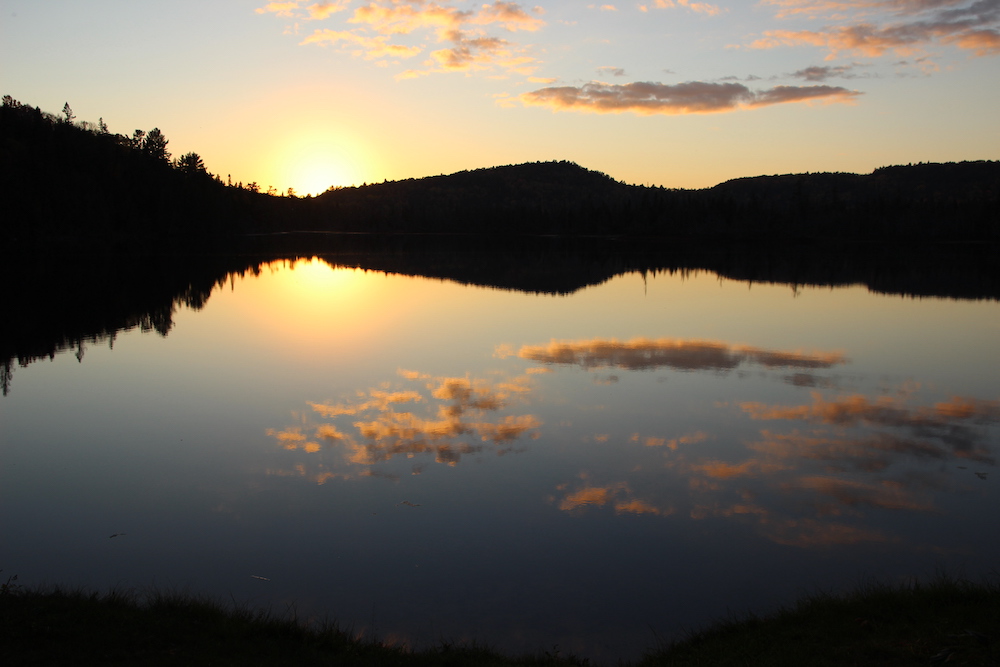
“My soul is from elsewhere, I’m sure of that and I intend to end up there.” — Rumi
BIO/ Ilze Andzans is a graduate of Guelph University (MLA), and has worked for over 40 years as a planner and landscape architect in the public sector (City of Toronto, Region of Niagara, and Metrolinx). A committed environmentalist, she served on the Board of Directors at the Toronto Botanical Garden and the Niagara Peninsula Conservation Authority, and collaborated with Environmental Defence to bring the Blue Flag Program to Canada. Photography is a lifelong passion she now has time to pursue in her retirement.
